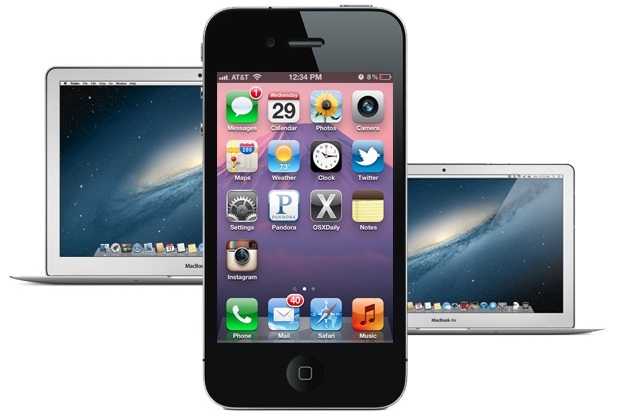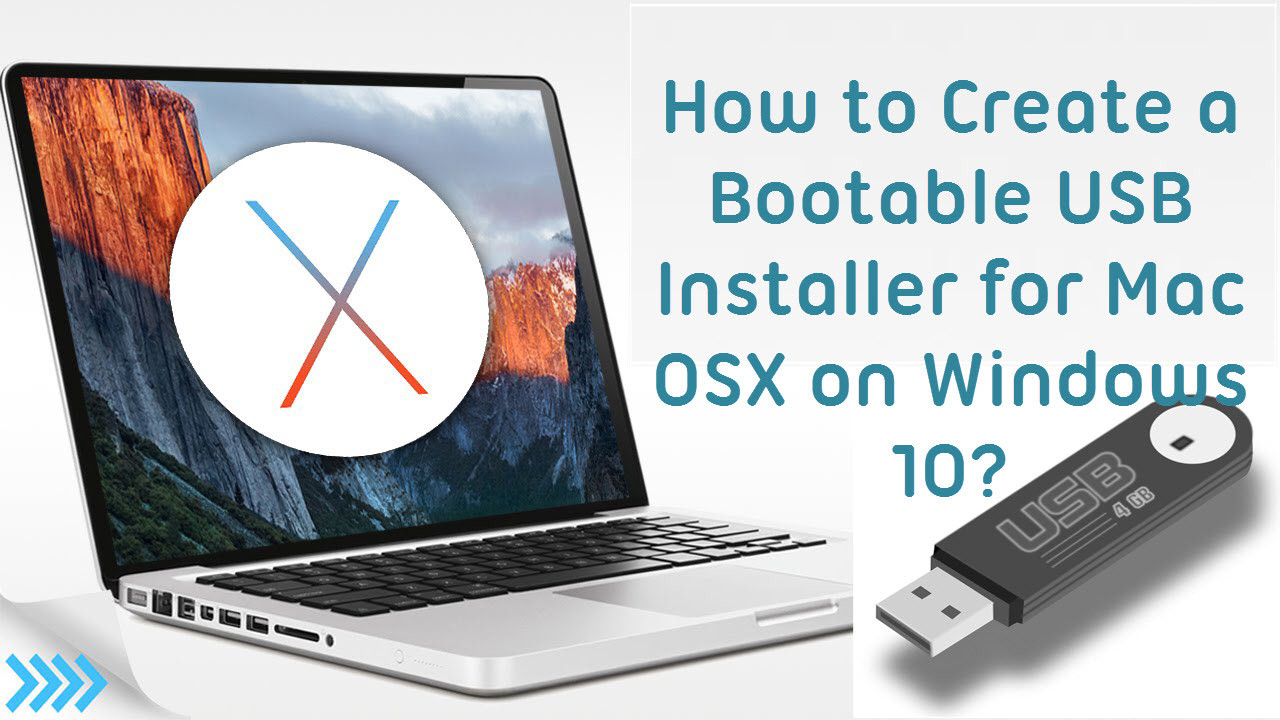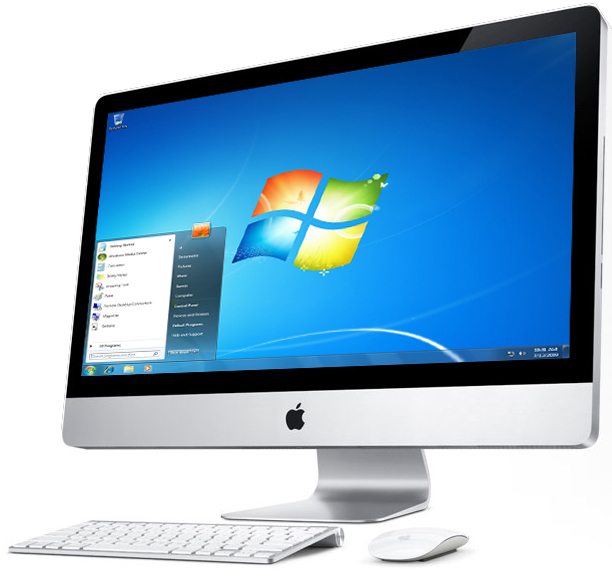Save mac os x usb to get e-mail alerts and updates on your eBay Feed. + 7 S 0 P O N S O A R P A 7 E E D-1-1 U J-1 0 F J-1-1. Under $14.00 - apply Price filter. New Listing Apple Mac OS X 10.5 Retail Leopard Install DVD w/ Booklet MB021Z/A Please Read. 5.0 out of 5 stars.

Dvd Usb For Mac Os X 10.8
Symptoms
- Step 4 – Boot Mac OS X Lion from USB. Reboot your Mac with the USB drive plugged in. Hold down the alt/Option key on your keyboard when you hear the OS X start-up sound. Choose the USB Flash Drive from there to boot. Now follow the on screen instructions to install OS X Lion.
- Click Mac OS X Install ESD in Disk Utility’s sidebar, then click the Restore button in the main part of the window. Drag the Mac OS X Install ESD icon into the Source field on the right (if it.

Symptoms such as these could mean that a device connected to the USB-A , USB-C , or Thunderbolt 3 (USB-C) port on your Mac isn't getting enough power:
- A message says that the device needs more power, the operation can't be completed, or USB devices are disabled until you unplug the device using too much power.
- An operation that requires more power doesn't work. For example, writing to disk requires more power than reading from it.
- The device doesn't turn on or isn't recognized by your Mac.
Solutions
quoteSnow Leopard, a simpler, more powerful, and more refined version of Mac OS X. It delivers a wide range of enhancements, next-generation technologies, out-of-the-box support for Microsoft Exchange Server, and new accessibility features. Mac Os X Mountain Lion 10 8 Bootable Dvd Iso Iatkos Ml2 Torrent.rar DOWNLOAD (Mirror #1) iatkos mountain lion bootable usb 36f9ca4298 get,working,sleep.,os,x,mountain,lion,10.8,boot,dvd,intel,pc,iso,loader.,guide.,Mac,osx,10.8.2,iatkos,ml2,P8Z68-V,PRO,Dual,Boot,iAtkos,L2.
- Use your device as a self-powered device or connect it to a powered USB or Thunderbolt 3 (USB-C) hub if possible.
Self-powered devices get power from an electrical outlet or their own battery. Bus-powered devices get power from the device they're plugged into, such as your Mac. - Reduce the total amount of power needed from your Mac by reducing the number of bus-powered devices connected to your Mac, or using more of them as self-powered devices.
- If your device is plugged into another device (such as a display or multiport adapter) as part of a chain of devices, the other device might not be providing enough power or passing through enough power from your Mac. Plug your device directly into your Mac instead.
- Make sure that the port on your Mac and the cable you're using to connect it to your device both support the same or later USB specification as your device. For example, a device designed to support the USB 3 specification might not get enough power when plugged into a USB 2 port or cable.
- Try a different cable, in case the cable that you're using is damaged or defective. If you're using an adapter with your cable, the adapter could also be damaged or defective.
- If your Mac has multiple Thunderbolt 3 ports, connect your device to a Thunderbolt 3 port farthest away from the current port. For example, if your device is connected to the ports on the left side of MacBook Pro, connect to the Thunderbolt 3 ports on the right side.
- If your device has software (such as drivers or firmware) that can be updated, make sure that it's using the latest software from the manufacturer. To get firmware updates for Apple accessories, update your Apple software.
- Make sure that your Mac is awake and started up from the Mac operating system. Some Apple devices can request extra power only when your Mac is awake or started up from macOS.

Learn more about USB power on your Mac
System Information provides additional detail about USB power on your Mac. Connect the USB device directly to your Mac, then select USB from the sidebar in System Information. For each USB device, System Information shows:

- Current Available: The default power provided by the port to which your device is connected.
- Current Required: The power needed by your device.
- Extra Operating Current: Mac computers and Apple displays introduced after 2006, when directly connected to certain Apple devices such as iPhone or iPad, can provide extra power over one or more ports. The Mac or display must be powered on and awake to provide this extra power. A Mac started from the Windows operating system doesn't provide extra power.
Learn more about the power available under each USB specification, such as USB 2 and USB 3.

- Mac OS X 10.6.8 Snow Leopard Untouched Full DVD (Retail)
- [img]http://s11.postimage.org/47cmzsber/z_Yk2.jpg[/img]
- Mac OS X 10.6.8 Snow Leopard Untouched Full Retail DVD | 5.79 GB
- [quote]Snow Leopard, a simpler, more powerful, and more refined version of Mac OS X. It delivers a wide range of enhancements, next-generation technologies, out-of-the-box support for Microsoft Exchange Server, and new accessibility features. It's the world's most advanced operating system, finely tuned from installation to shutdown.Burn Using DVD-DL
- What you need:
- - DVD-DL (Dual Layer/DVD9).
- 2. Open Disk Utility.
- 3. From the drive list on the left, select the .iso image (Mac OS X Install DVD).
- 5. When the disc is burnt, restart your computer and hold ‘c’ to boot from the DVD.
- 6. Follow the instructions to install Snow Leopard.
- Install via USB Flash Drive/External Hard Drive
- What you need:
- - USB Flash Drive/External Hard Drive with at least 8GB of free space.
- 1. Mount the “Mac OS X Install DVD.iso”
- 2. Plug in your USB Flash Drive/External Hard Drive.
- 4. Select your USB Flash Drive/External Hard Drive from the drive list on the left.
- 5. You’ll see “First Aid, Erase, Partition, RAID, Restore.”
- 7. Under “Volume Scheme”, Select “1 Partition.”
- 8. Once selected, hit the “Option” button at the bottom of the map.
- 9. A window will pop-up, select the “GUID Partition Table” option.
- 10. Once its done, navigate to the “Restore” tab.
- 11. From the drive list on the left, drag the mounted Snow Leopard .iso to the “Source” field, and drag your USB Flash Drive/External Hard Drive to the “Destination” field.
- 13. Close Disk Utility, Open up System Preferences. Under “System,” choose “Startup Disk,”
- 14. Your USB Flash Drive/External Hard Drive should be listed as the Snow Leopard installation disk. Select and click “Restart.”
- 15. Follow the instructions to install Snow Leopard.
- TRUSTED AND TESTED COPY
- 1.Completely UNTOUCHED and GENUINE ISO files.
- 2.Nothing has been removed from the original ISO files.[/quote]
- http://lumfile.com/oba5oraoonuj/Mac.OS.X.10.6.8.Snow.Leopard.Untouched.Full.DVD.Retail.part1.rar.html
- http://lumfile.com/j8rhqqa1v9cj/Mac.OS.X.10.6.8.Snow.Leopard.Untouched.Full.DVD.Retail.part2.rar.html
- http://lumfile.com/79sdcj07jmrd/Mac.OS.X.10.6.8.Snow.Leopard.Untouched.Full.DVD.Retail.part3.rar.html[/code]
Dvd Usb For Mac Os X 10.12
